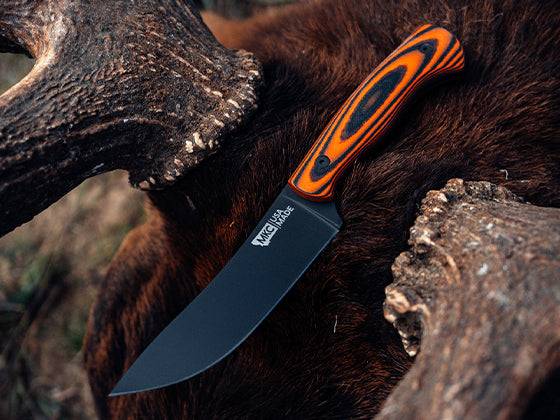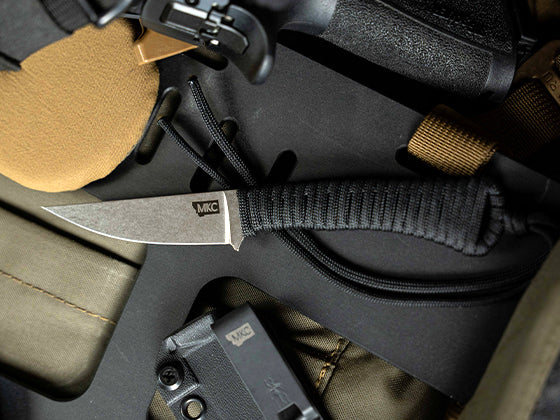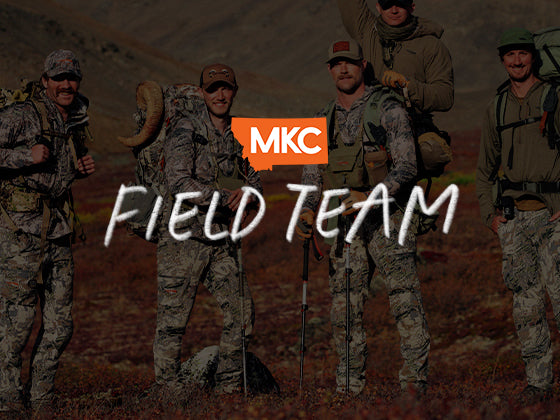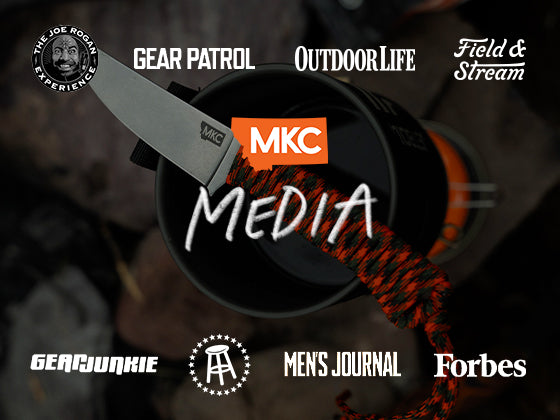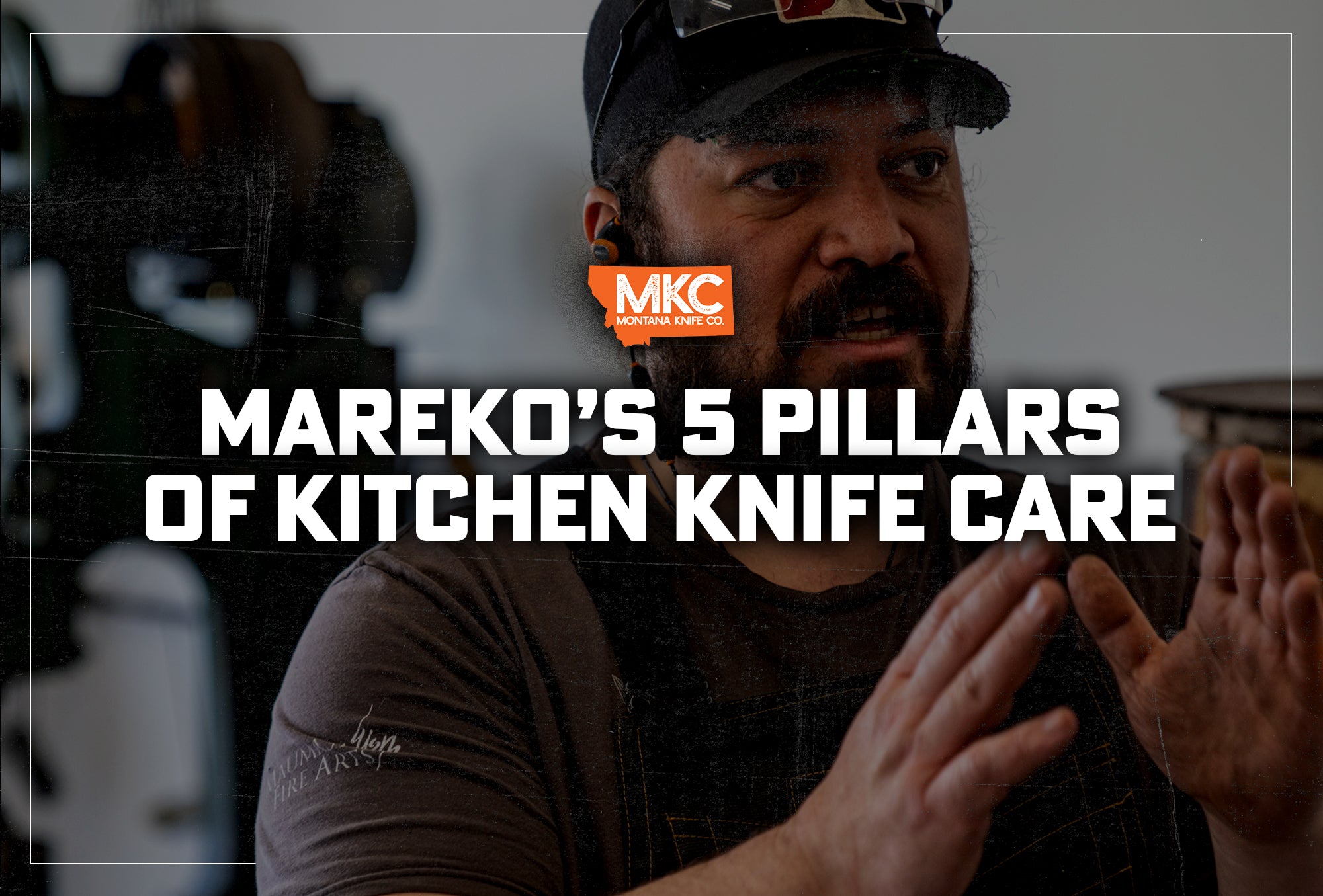If you’re relatively new to hunting, you might have some questions about field dressing.
Field dressing refers to removing the guts and organs from an animal you’re harvesting out in the field. Why should you field dress your game, though? Wouldn’t leaving it whole until you get to camp save a whole lot of mess?
Taking the time and trouble to field dress right away makes transportation easier, decreases the chance of spoilage, and reduces gaminess. While I won’t argue it’s a pain sometimes, field dressing a deer or other game is far better than letting all that meat go to waste.
While field dressing harvested game is usually a good idea, certain circumstances allow you to skip this step. I’ll walk through the different scenarios, plus the pros and cons, below.

Why Field Dress?
Why should you field dress harvested game while out on the hunt? First and foremost, if you leave the organs in, they can spoil the meat. The internal heat from organs rots meat from the inside out.
Some organs, like the bladder, stomach, and intestines, contaminate the meat if they rupture. Moreover, removing the warm organs means the body temperature of the expired animal lowers much faster. That’s the best way to prevent spoilage and gaminess.
Finally, field dressing makes transporting your harvest much easier. Taking out the organs removes a ton of weight, and many hunters choose to quarter the carcass during this stage, too. If you’re alone, it’s a lot easier to transport an organ-free quarter than it is to move a whole, intact deer.
Earlier this year, a doe I brought down expired in a deep ravine. I couldn’t get a vehicle down there, and I wasn’t able to drag her out whole by myself, either. I ended up field dressing her where she lay using the gutless method, which allowed me to recover the carcass safely.
As soon as an animal dies, the clock starts ticking on meat safety and quality. The faster you cool it down and remove possible contaminants, the better.
When Not to Field Dress Your Game
While field dressing is often the best option, there are legitimate reasons not to do it in certain circumstances.
If you’re miles out without an ATV or other vehicle, it makes sense to dress an animal where it falls. However, if you’re only a couple hundred yards from your own processing station, it makes better sense to skip field dressing and bring the whole carcass in.
Gut piles attract predators, which cause deer to stay away. If you plan to hunt the same spot again in the next day or two, you won’t want to field dress your harvest there and scare game away.
The time of year may make field dressing less necessary for preserving your harvest. If you’re hunting in subzero temperatures, for example, you may not need to field dress to avoid meat spoilage before you bring an animal in for processing.
Health and Safety: Field Dressing Considerations for Hunters
Weather and time of year influence if and how quickly you should field dress. Warmth fosters bacterial growth, so it’s usually best to field dress an animal as quickly as possible in hot summer temps. A delay of longer than a few hours could cost you your entire harvest.
If the weather’s below freezing, you theoretically have a lot more time to work with.
Another field-dressing caution: Many of the best cuts of meat on a deer or elk sit right near the guts. Spoiling them by nicking the guts or bladder is a big letdown, so take care in your field dressing technique.
Field Dressing Techniques and Tools
While field dressing might seem daunting in the beginning, it’s fairly straightforward once you get the hang of things. Knowledge, practice, and good tools make the process easier.
I keep a gut hook on hand to prevent puncturing organs. A gut hook helps you cut into the abdominal cavity without nicking the stomach, bladder, or intestines. I use the gutless method whenever I can.
My go-to field dressing blade is the MKC Whitetail Knife because of its sharp drop point. As the name suggests, it’s a fantastic knife for whitetail deer hunting. It’s the perfect size for field dressing, super versatile, and has outstanding balance.
A sharp knife that feels good in your hands is invaluable in any processing situation, especially out in the field. I try to bring a bone saw or hatchet along as well, though you don’t always need it.
Common Field Dressing Mistakes
The biggest mistake I see hunters make — both newbies and experts alike — is getting into the guts, aka, puncturing the intestines or stomach. Not only does this smell awful, but it can also ruin the meat by contaminating it with waste contents and bacteria.
Even if you don’t puncture the internal organs, leaving them in your kill for too long affects meat quality. If it doesn’t spoil from the warmth, you can still end up with gamey taste or subpar freshness. If you don’t usually field dress, try it — especially if you usually dislike the taste of wild game. It makes a big difference.
Final Thoughts on Field Dressing
So, why should you field dress harvested game? Some of it comes down to preference and proximity to camp. To me, meat safety and quality are paramount, so field dressing is almost always my priority. If you hunt for meat, field dressing your harvest just makes sense in most situations.

by Brad Bever, Designer at Montana Knife Company
























